The Opposition and Harmony between Confucianism and Taoism in Ji Kang's Literary and Artistic Thought—Take "The Theory of Music without Sorrow" as an Example
DOI: 10.23977/artpl.2024.050410 | Downloads: 21 | Views: 862
Author(s)
Dong Jingnan 1
Affiliation(s)
1 Music Department, Capital Normal University, Beijing, 100040, China
Corresponding Author
Dong JingnanABSTRACT
The Wei and Jin dynasties were a period of great change in ancient Chinese history, and the deconstruction of politics and economy led to a shift from Confucianism to Taoism in terms of individual ideology, and the transition period starting from the Three Kingdoms period was the phenomenon of Confucianism and Taoism co-existing. Ji Kang was born in the Wei dynasty and was killed at the time of Sima's real power, and was a very typical literati in the early Wei and Jin dynasties. This paper will take Sound without Sorrow as an example to analyze the antagonism and harmony between Confucianism and Taoism in Ji Kang's literary and artistic thought, as well as Ji Kang's great contribution to the development of music aesthetics and its influence on later generations.
KEYWORDS
Ji Kang; Sorrow and Music; Cultural Self-Consciousness; TaoistCITE THIS PAPER
Dong Jingnan, The Opposition and Harmony between Confucianism and Taoism in Ji Kang's Literary and Artistic Thought—Take "The Theory of Music without Sorrow" as an Example. Art and Performance Letters (2024) Vol. 5: 64-69. DOI: http://dx.doi.org/10.23977/artpl.2024.050410.
REFERENCES
[1] Ye Lang. Outline of the History of Chinese Aesthetics [M]. Shanghai: Shanghai People's Publishing House, 1985.
[2] J. Boyce-Tillman and A. Anderson, "Musical development then and now: in conversation with June Boyce-Tillman," British Journal of Music Education, vol. 39, no. 1, pp. 51-66, 2022.
[3] Guo Siyan. Return and transcendence: literati music aesthetics in Zhengshi and bamboo forest metaphysics [J]. Popular Literature and Art, 2020(23):100-104.
| Downloads: | 25620 |
|---|---|
| Visits: | 963769 |
Sponsors, Associates, and Links
-
Journal of Language Testing & Assessment
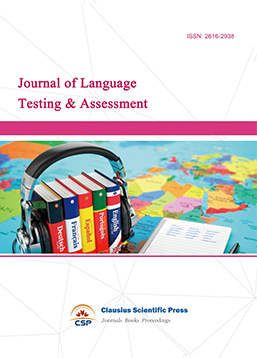
-
Information and Knowledge Management
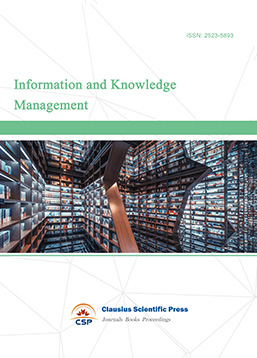
-
Military and Armament Science
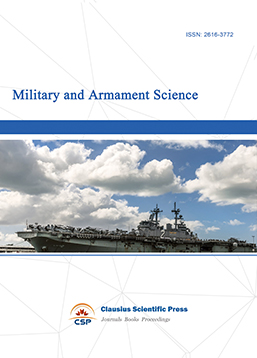
-
Media and Communication Research
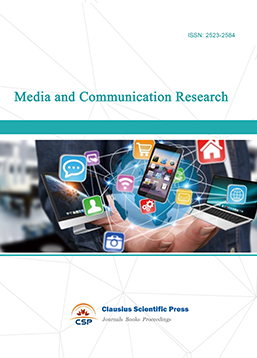
-
Journal of Human Movement Science
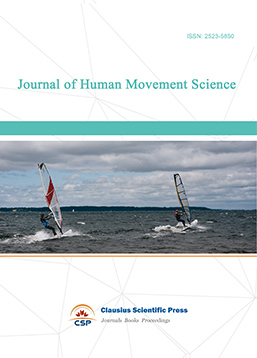
-
Lecture Notes on History
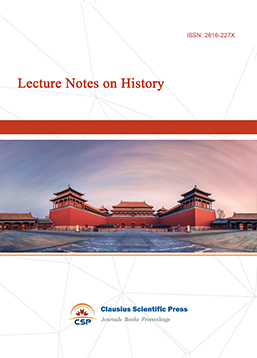
-
Lecture Notes on Language and Literature
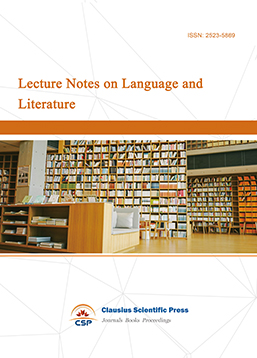
-
Philosophy Journal
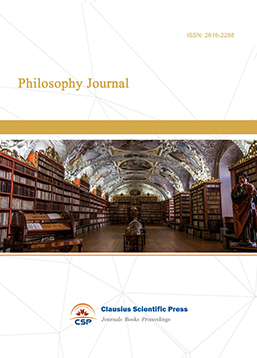
-
Science of Law Journal
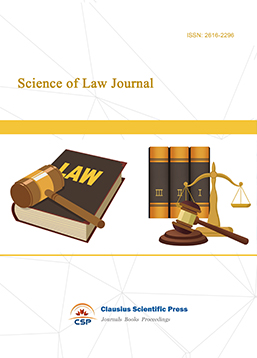
-
Journal of Political Science Research
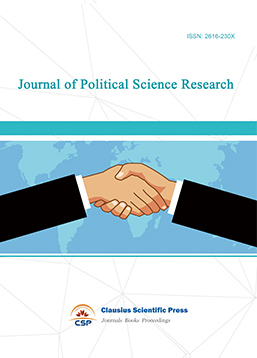
-
Journal of Sociology and Ethnology
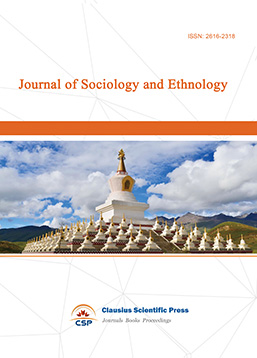
-
Advances in Broadcasting
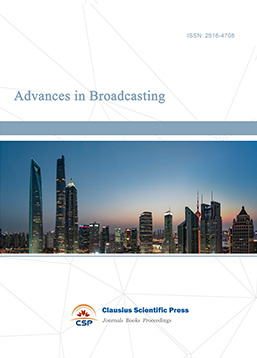

 Download as PDF
Download as PDF